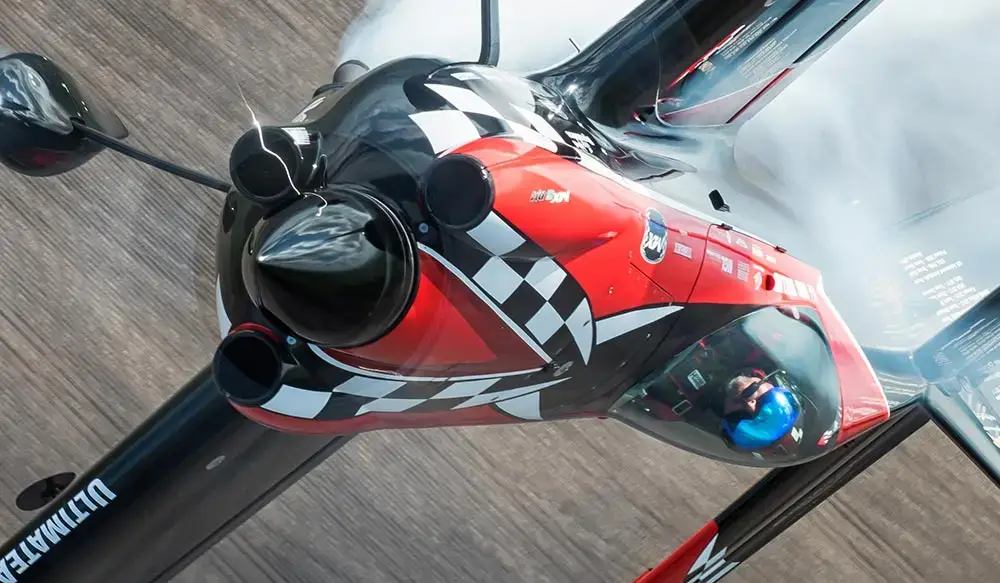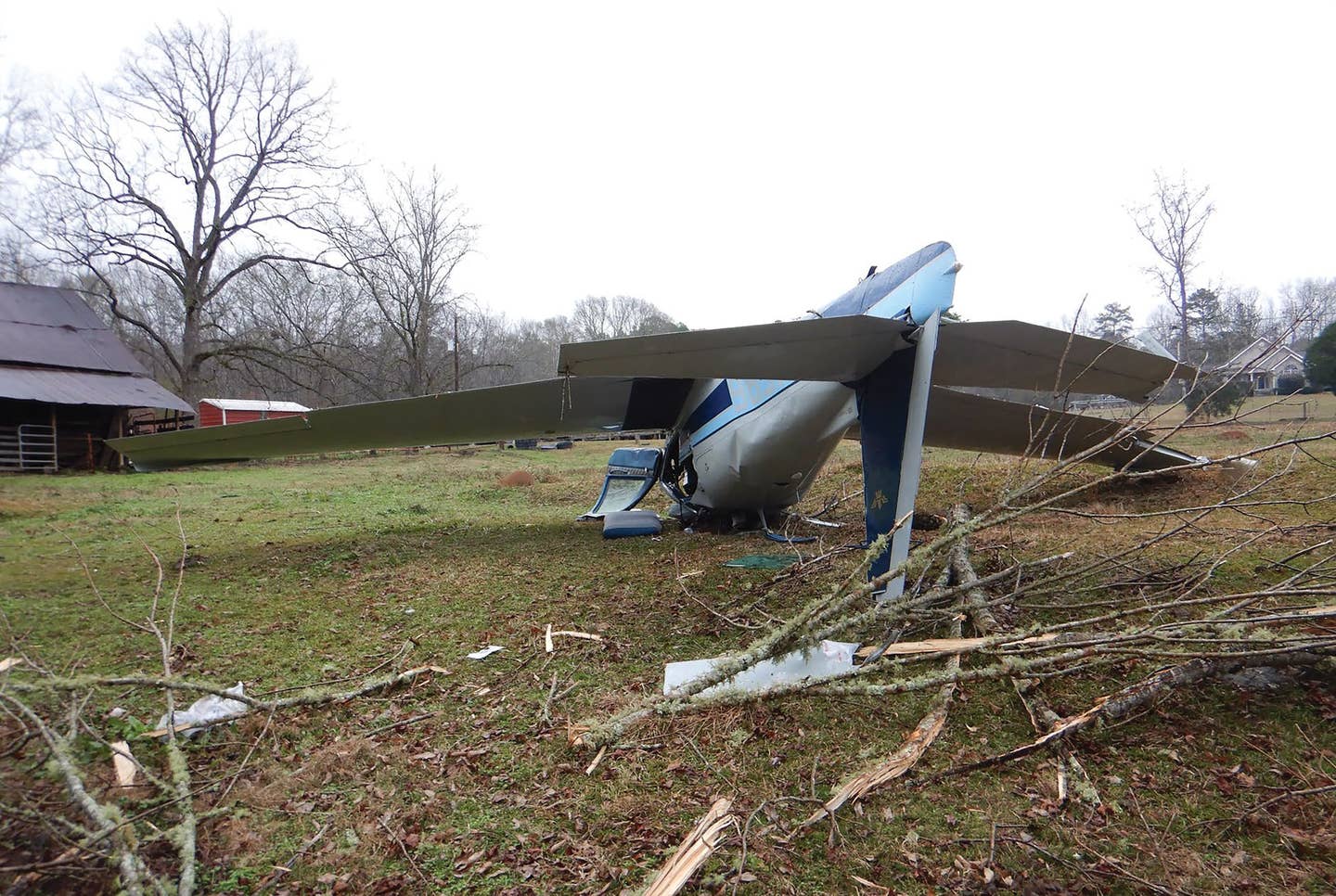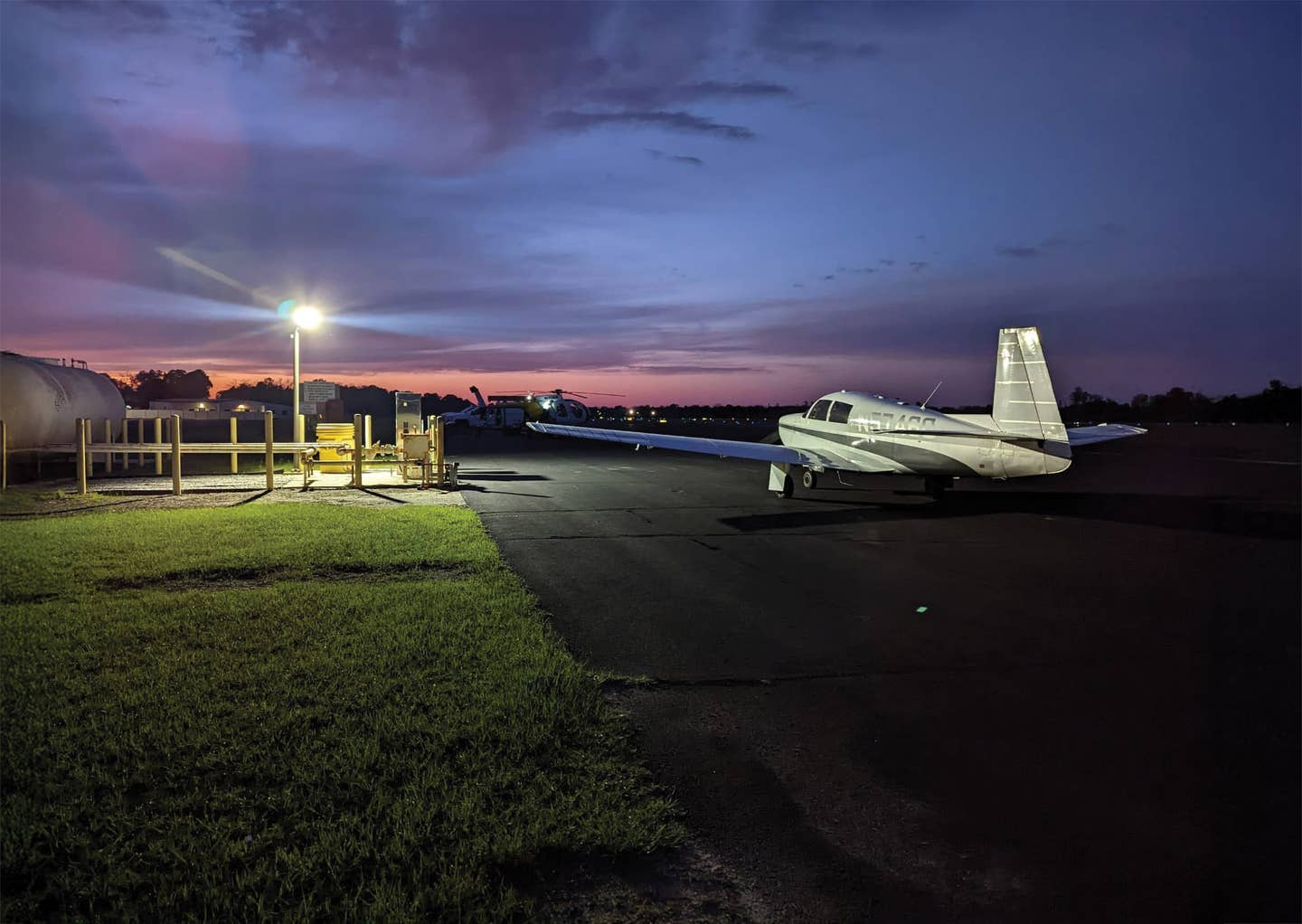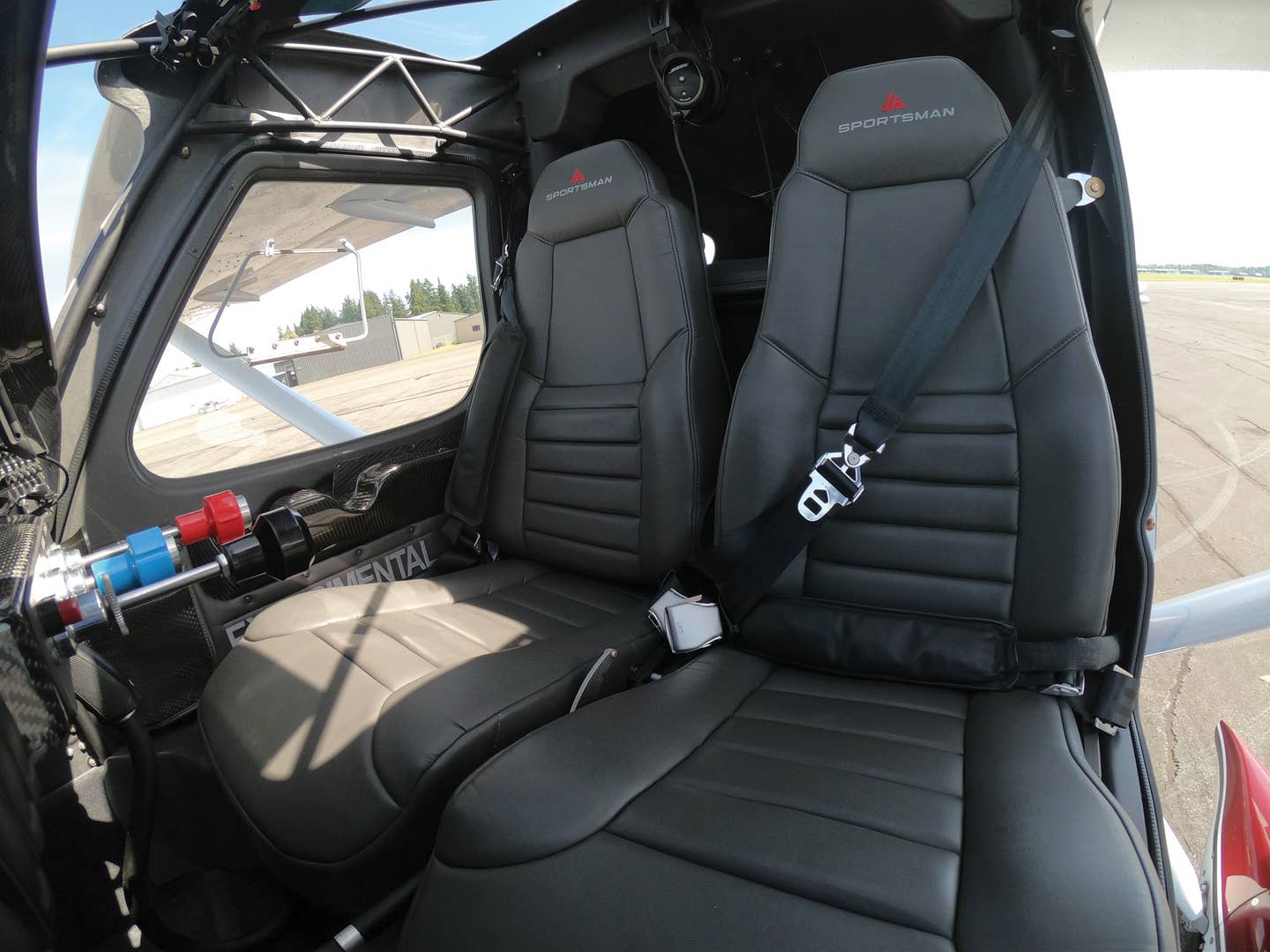How Secure Are Your Tie-Downs?
Probably not as secure as you think. One company has an answer.
Even though they happened a couple of decades ago, I can still vividly remember a couple of big wind events. The most dramatic took place in Southern California, with sustained winds in excess of 40 knots and a couple of gusts that hit 70. I remember seeing a row of light planes---a big red Stinson comes to mind---literally flying on the slack of their tie-down cables. A couple of other planes, including an old twin, weren't so lucky, as it pulled one of its tie-down anchors down and flipped over in the storm. It was, as you might guess, a total loss. A newly constructed tee hangar bit the dust, too, with a pretty two-year-old Warrior inside it.
As far as anchors are concerned, in a lot of places you're a captive audience. Whatever the developers of the airport put in, you're stuck with. And trying to find out how good the anchors are---or not---well, good luck finding anybody with that knowledge on the field. The FAA recommends that tie-downs be good to 3,000 pounds, and at some point, the tie-down ring becomes the weak link in the chain, but in general, it's better to keep everything attached as long as you can. And, in truth, a lot of the tie-down anchors we've used are nowhere near as strong as that.
For those of you who are lucky enough to have some say over what anchors get used---or maybe get put in as replacements---a company that specializes in anchors that go into asphalt has what it says is a solution, an anchor stronger than the 3,000 pounds that will go right into existing asphalt bases of 4 inches or greater.
The BoltHold Asphalt Anchor, made by Designated Parking Corporation, was designed for car parking lots where high-tensile strength anchors were necessary, and it took a customer to let the company know that its anchors had a ready aviation application. Lou Cusimano, who owns a 1948 Cessna 195, did the research himself, which led him to the BoltHold anchors. The anchors, it turns out, were a great solution. They're easy to install with little surface preparation---just a hole drilled into the asphalt and its substrata, and the anchor is ready to install, using a specially formulated adhesive grout.
While replacing anchors is usually one of those things you think about only after it's too late, because of the relatively low cost and easy installation, for proactive owners, especially of special airplanes (and whose airplane isn't?), it's a no-brainer.
Learn more at Designated Parking Corp.
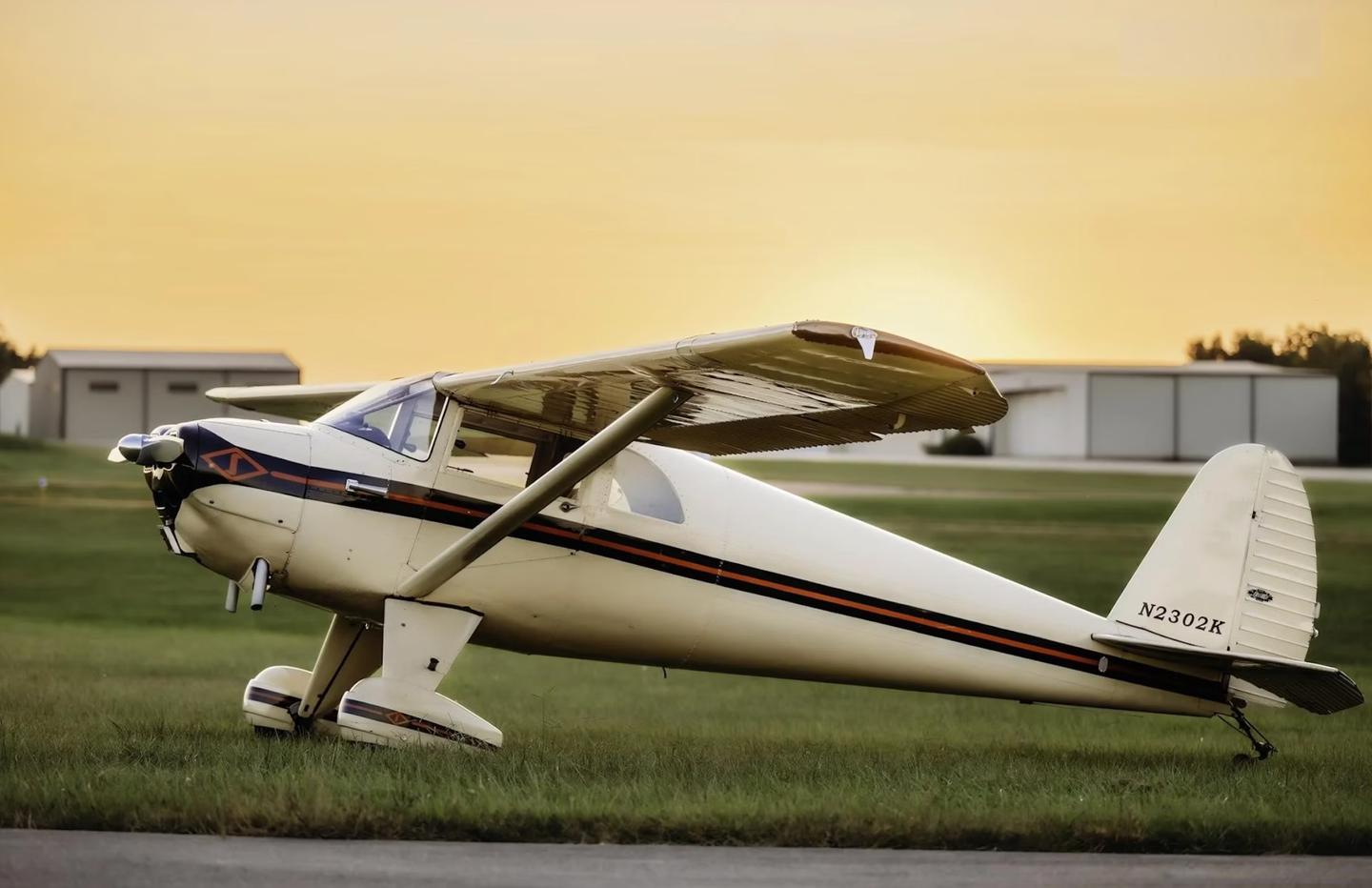
Subscribe to Our Newsletter
Get the latest Plane & Pilot Magazine stories delivered directly to your inbox

